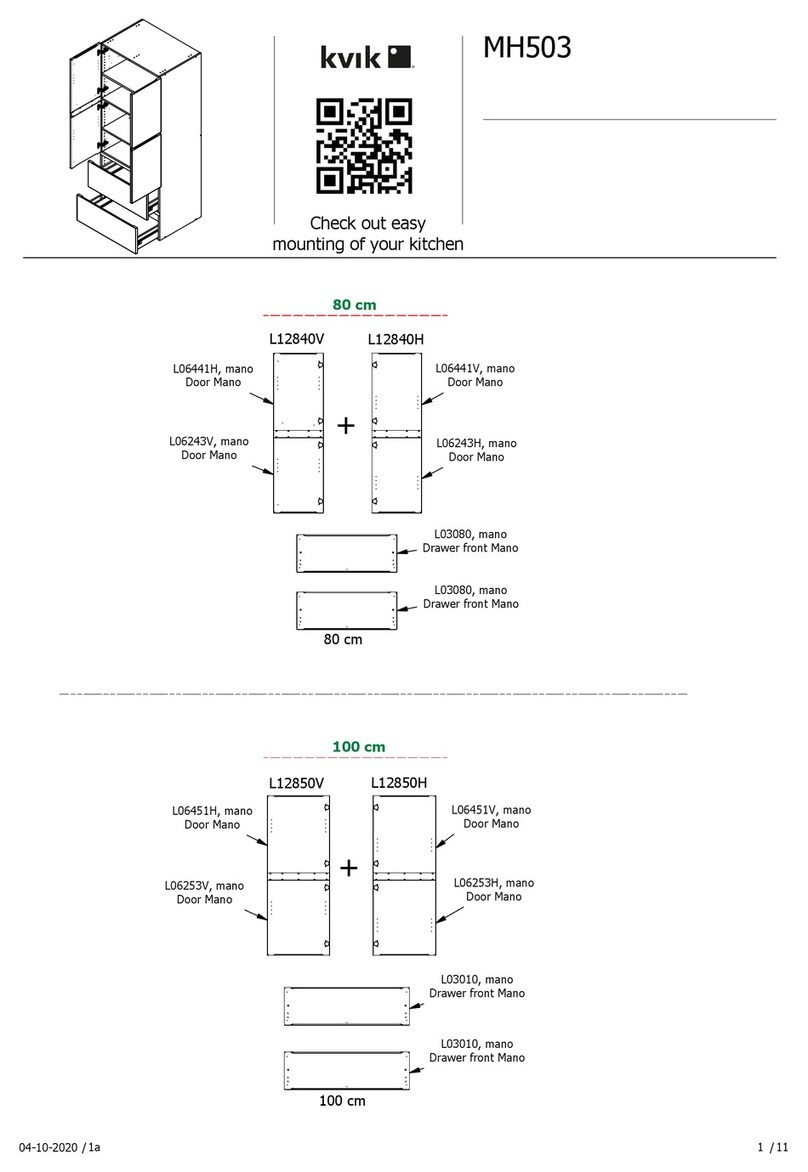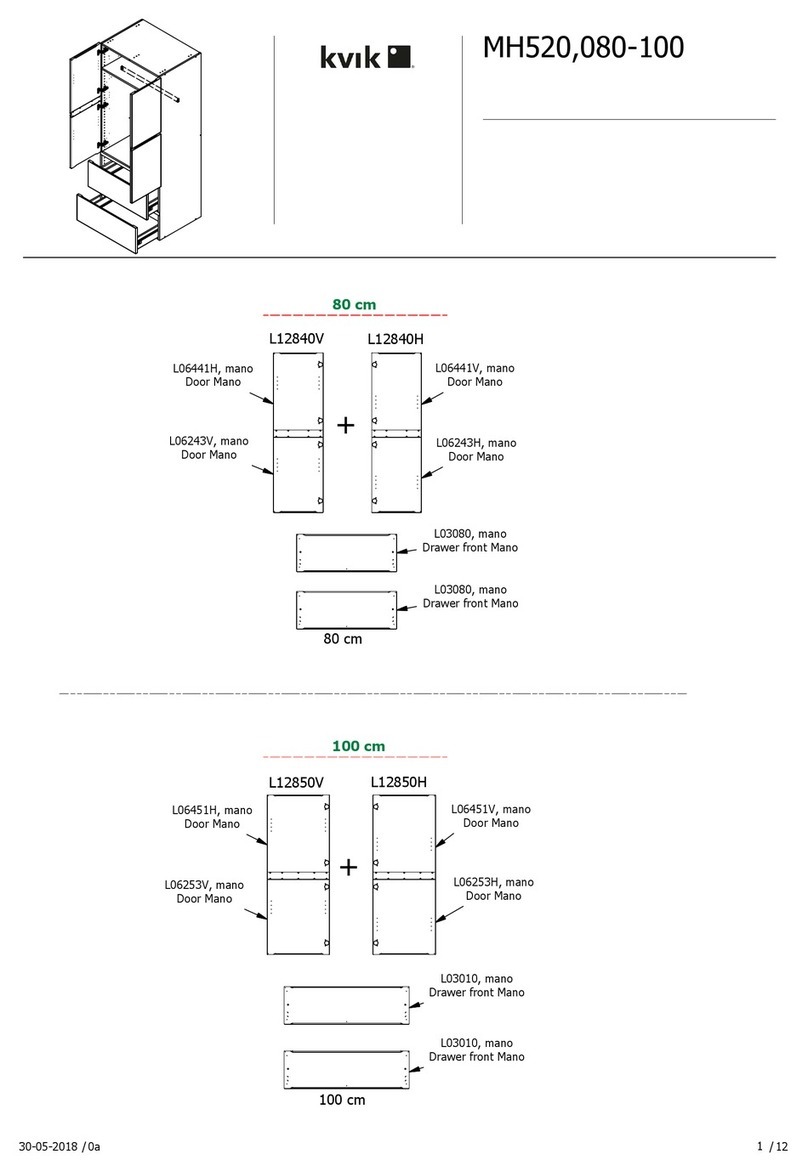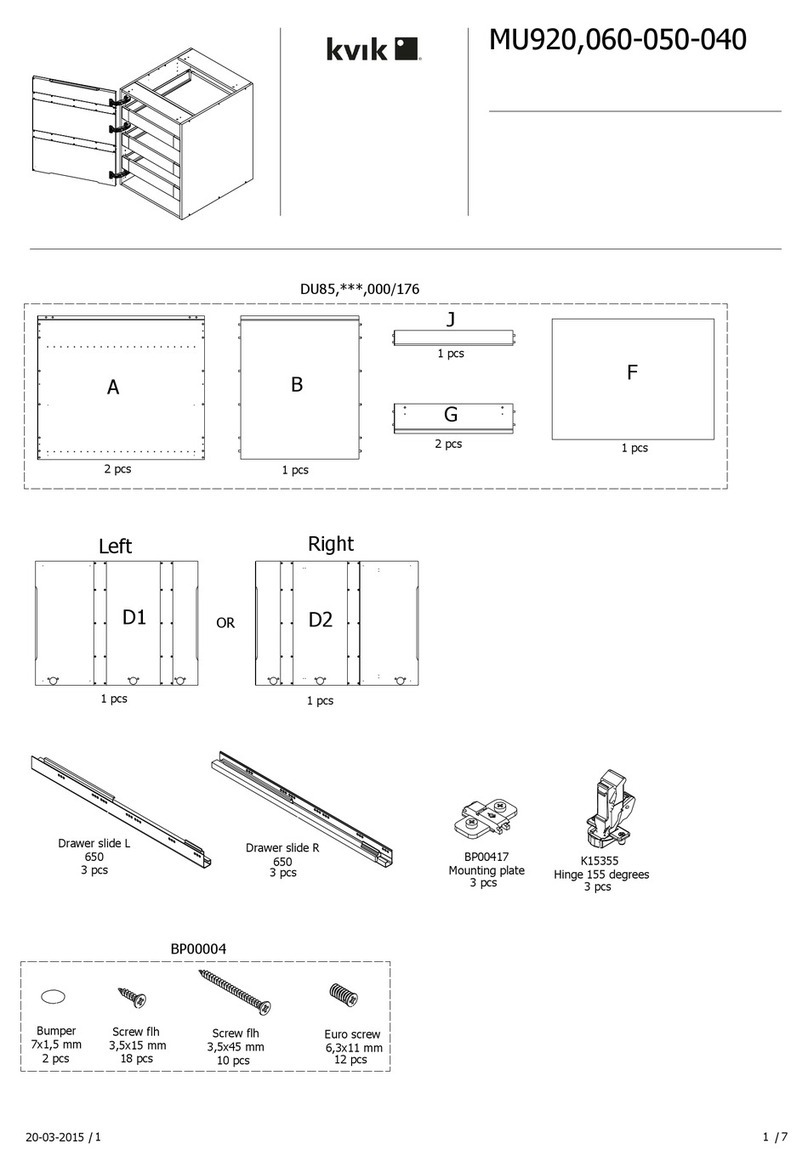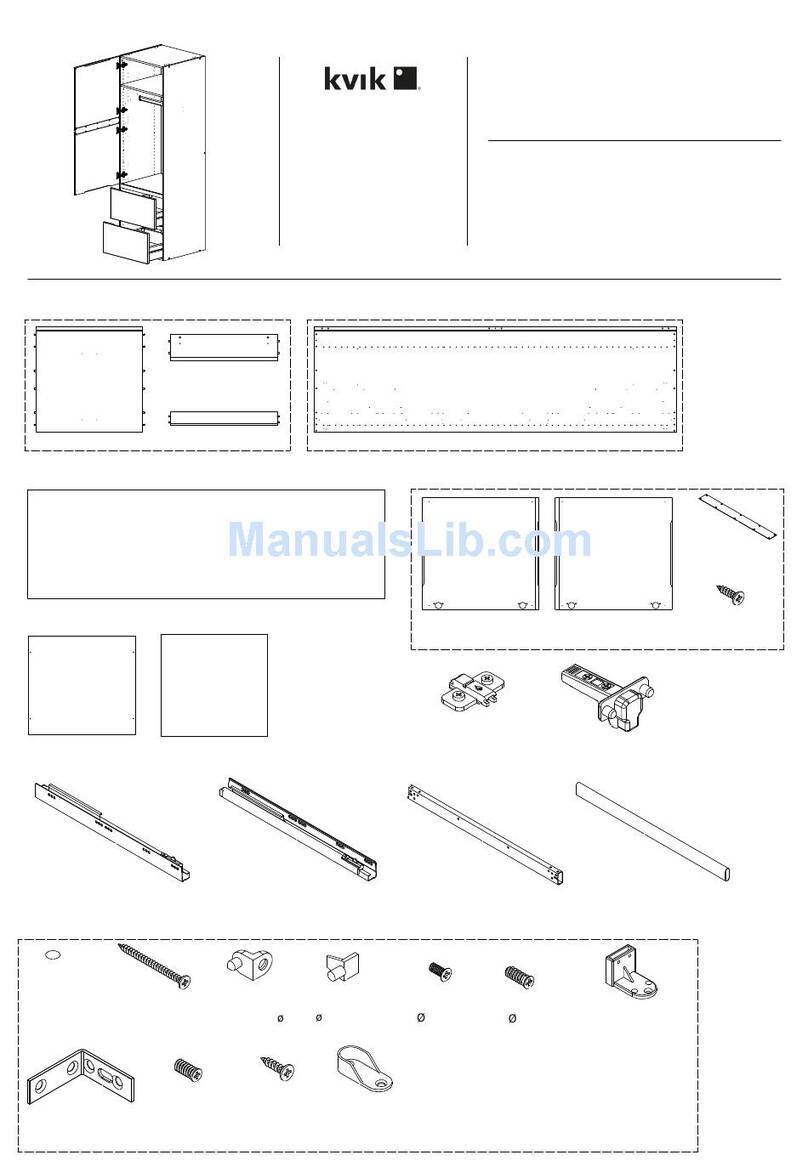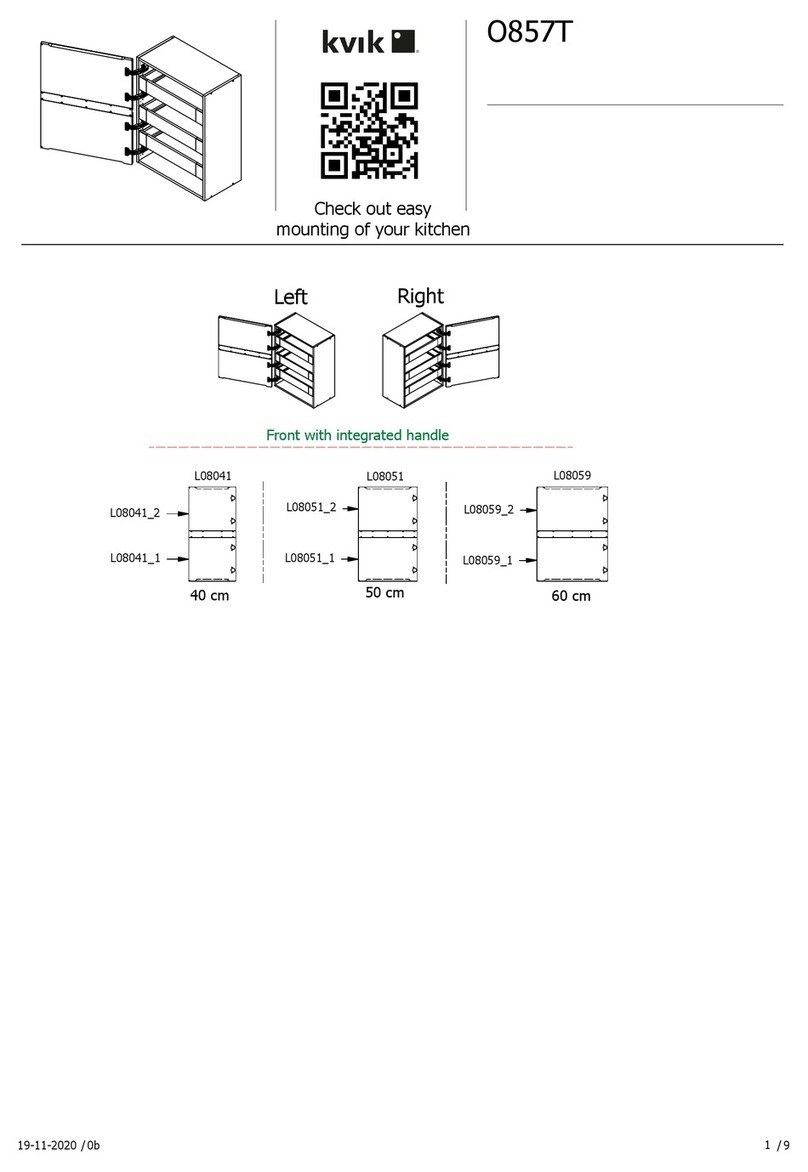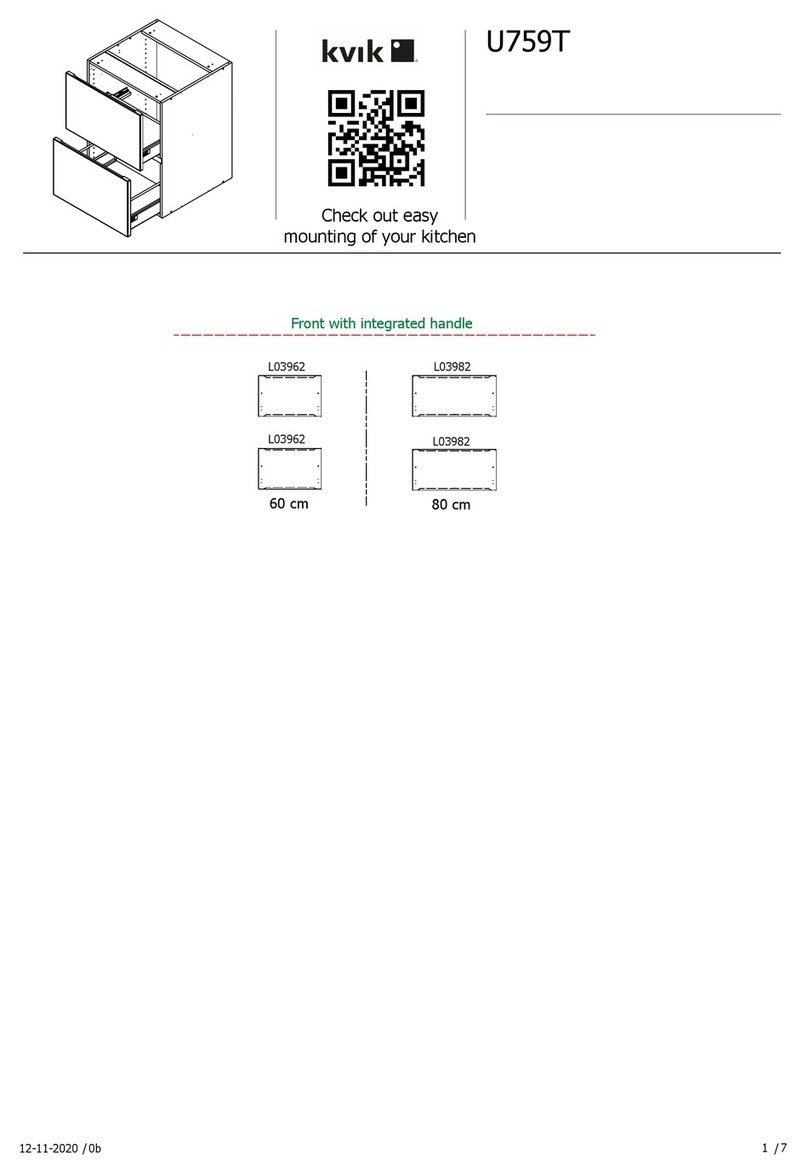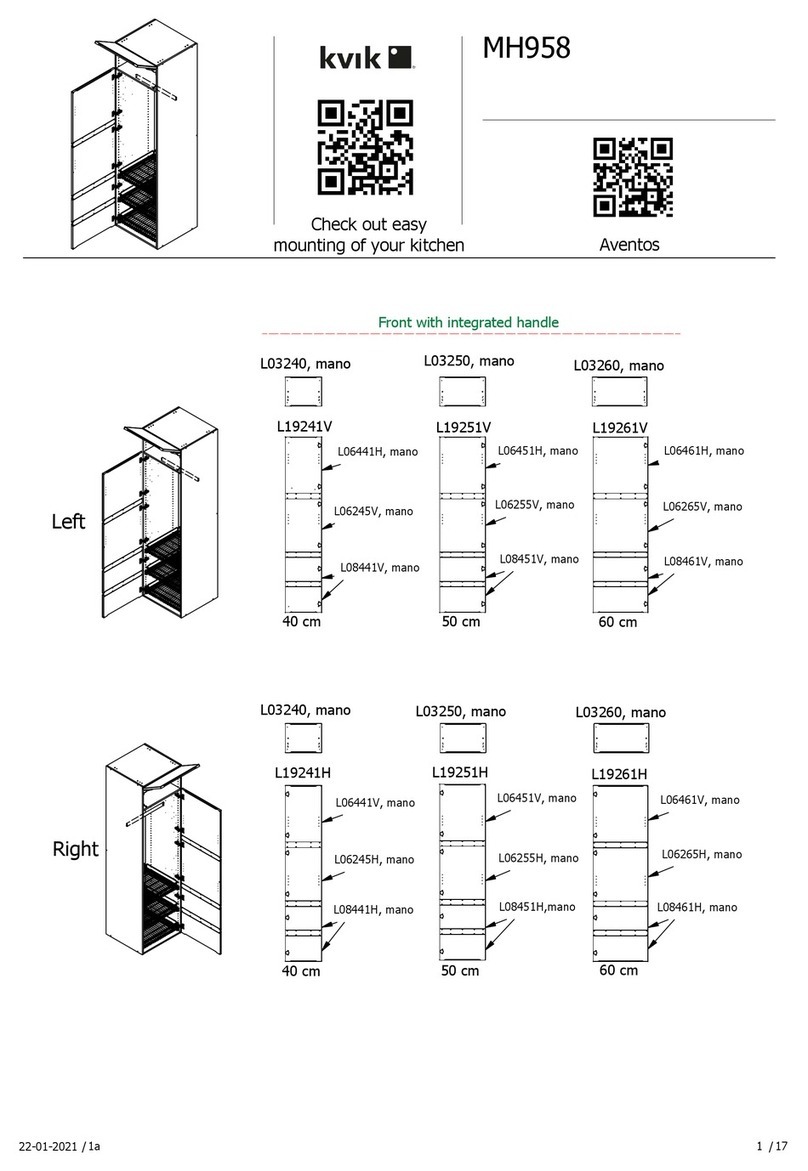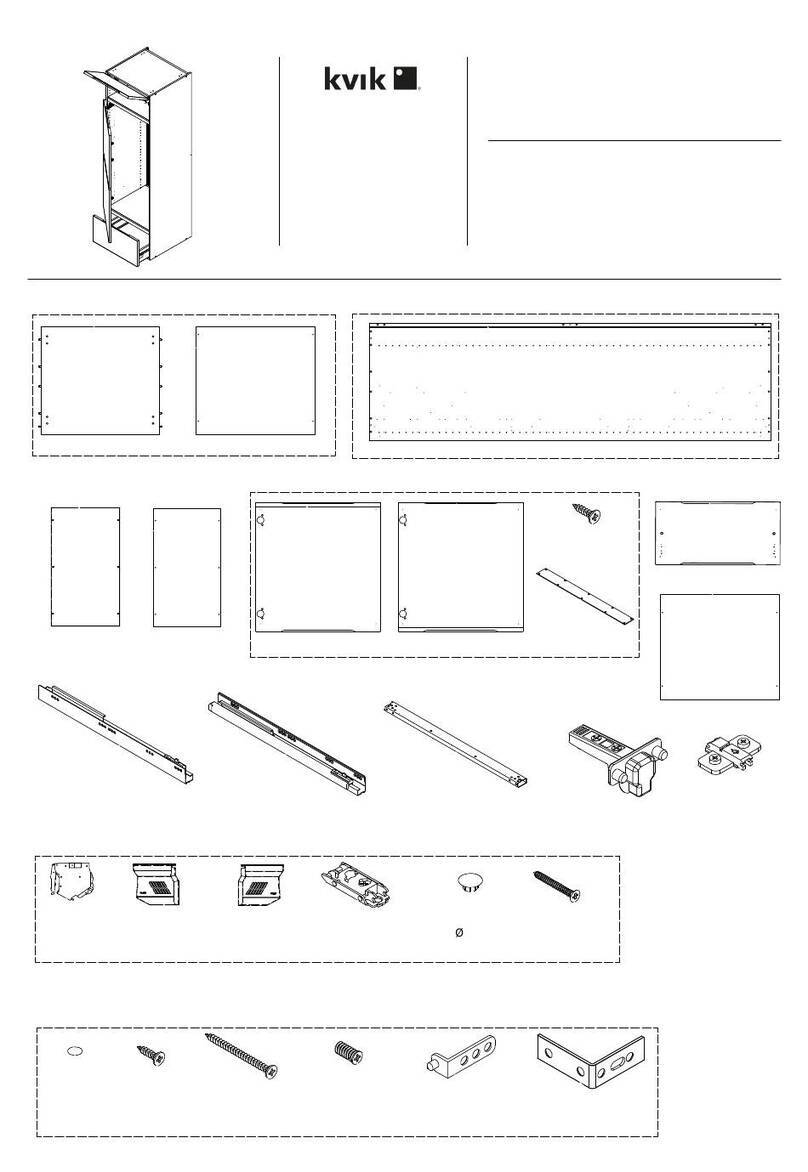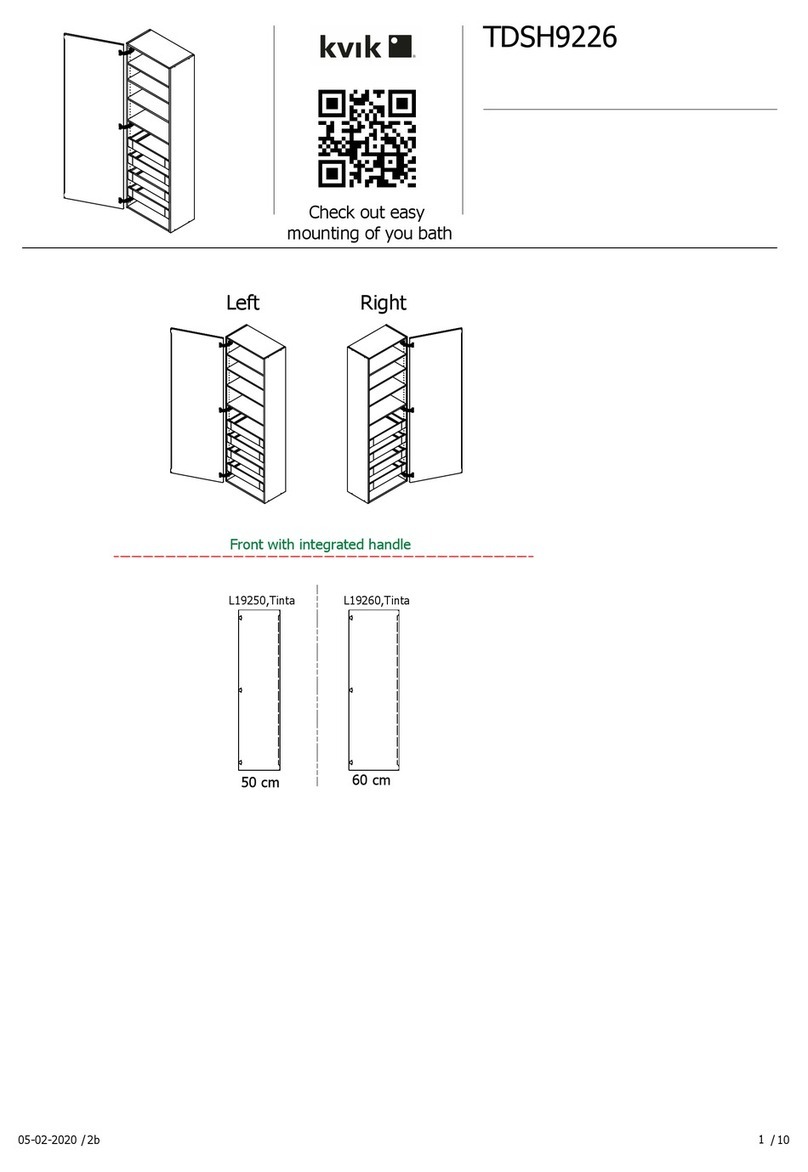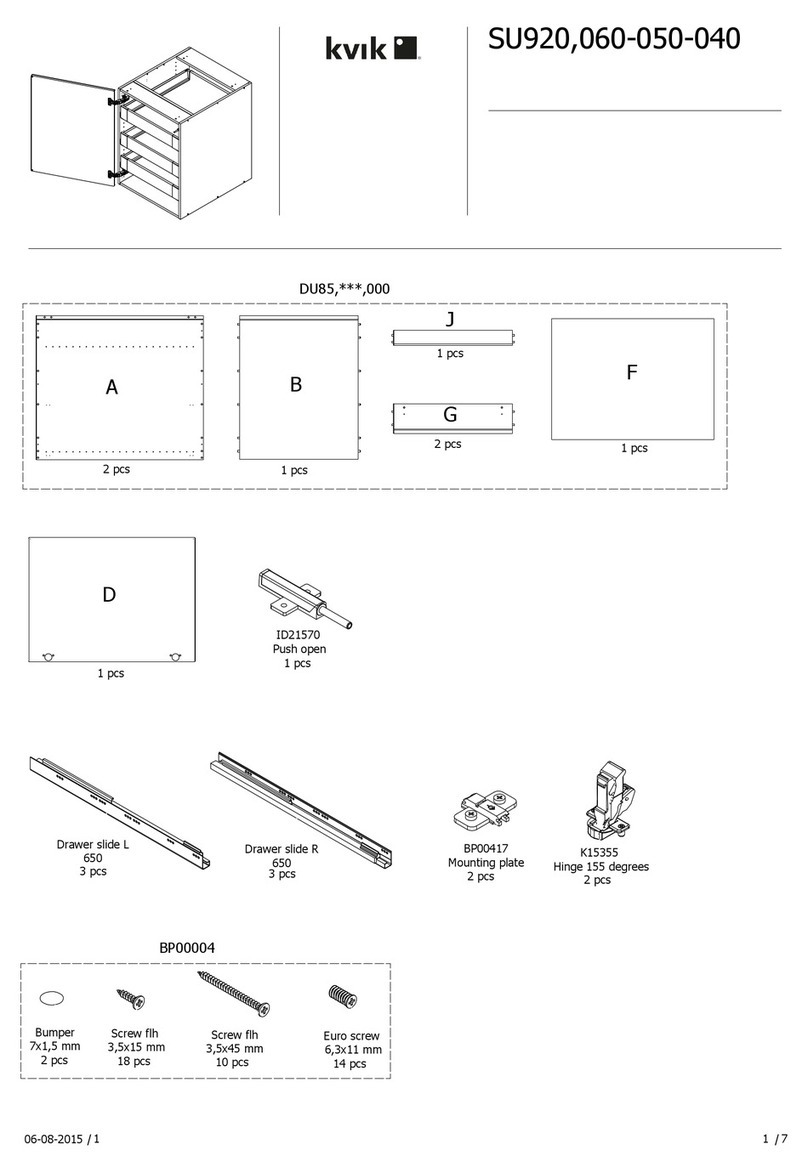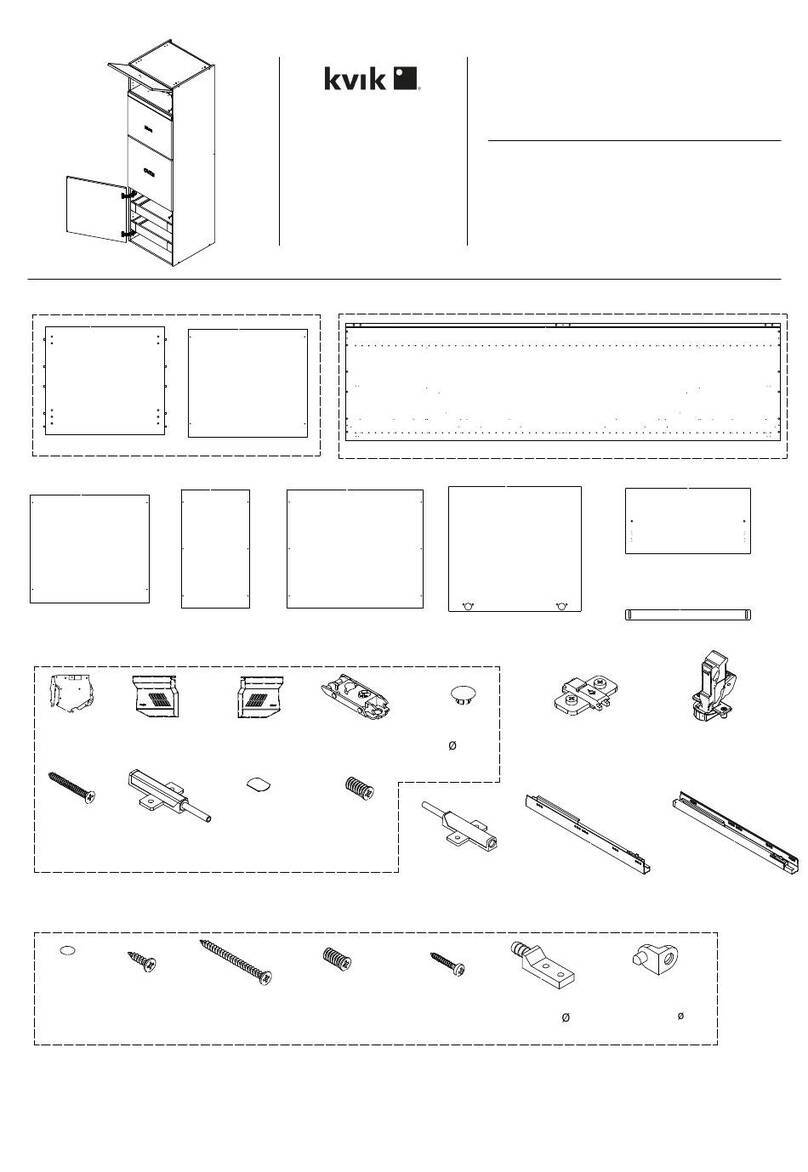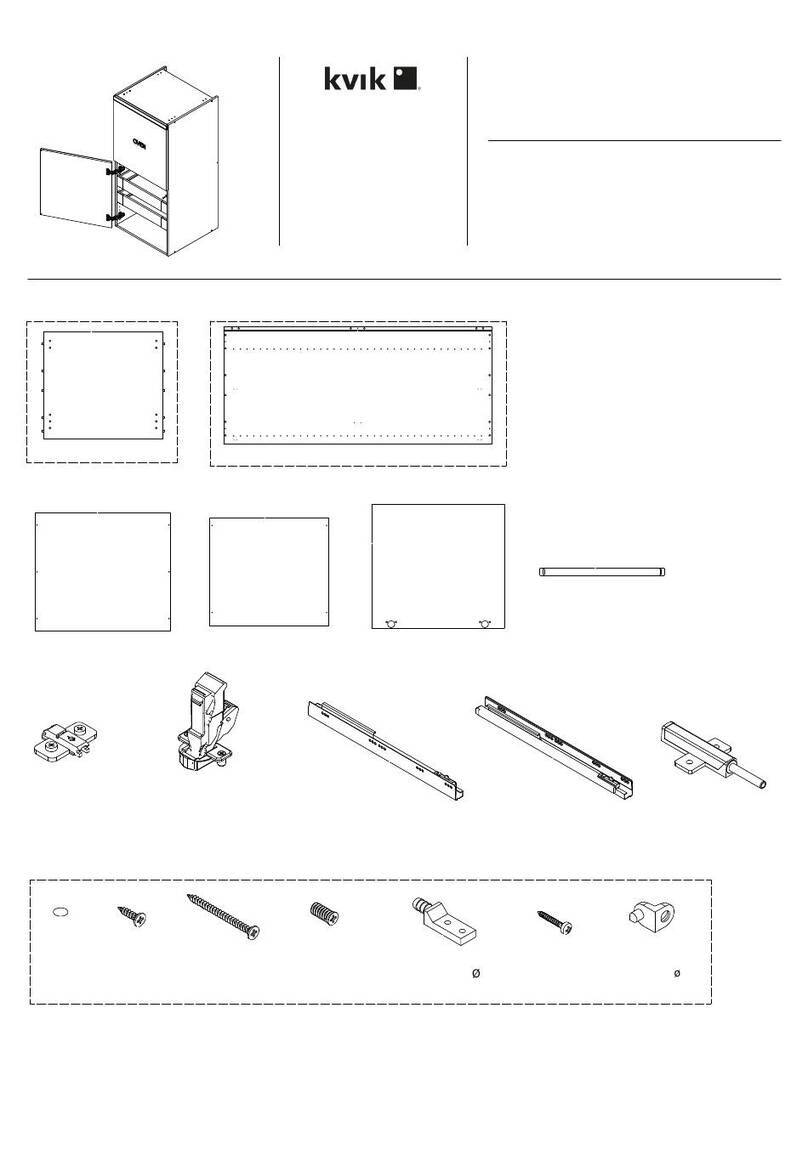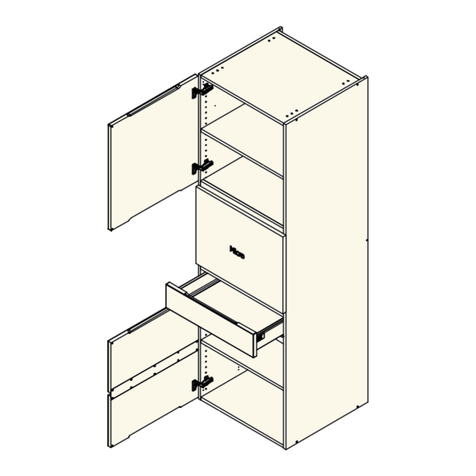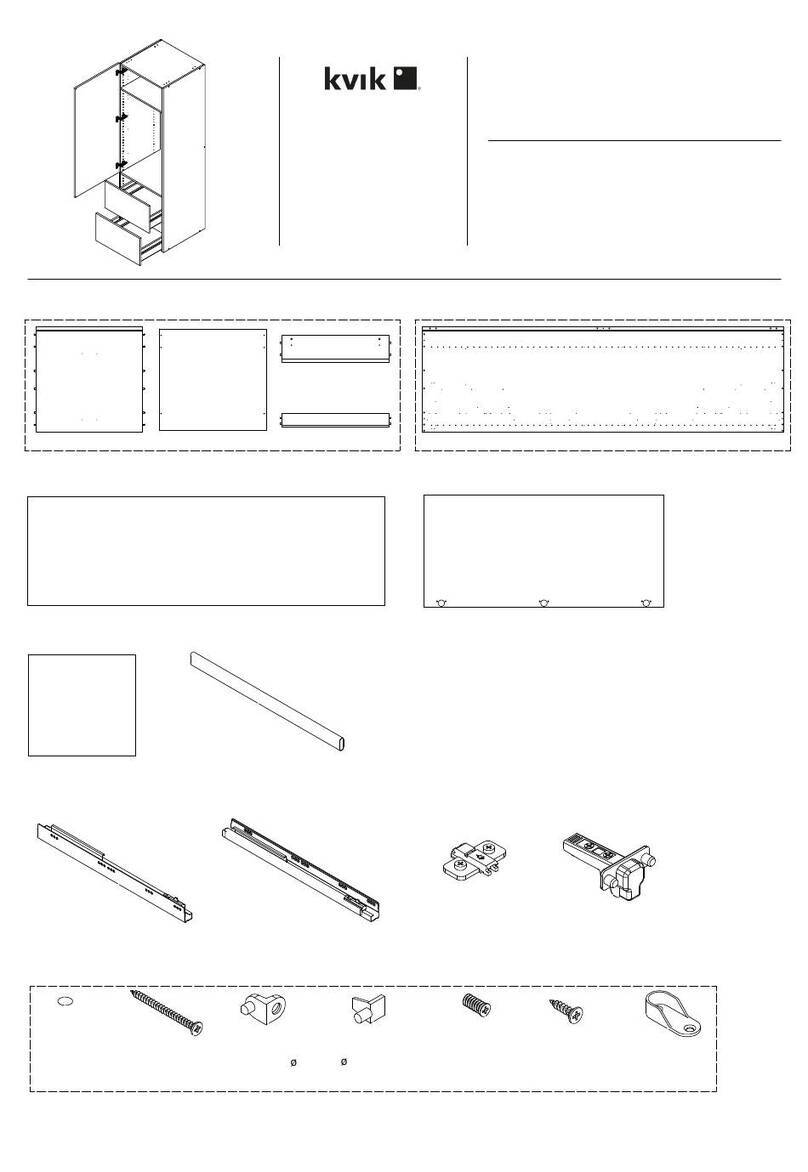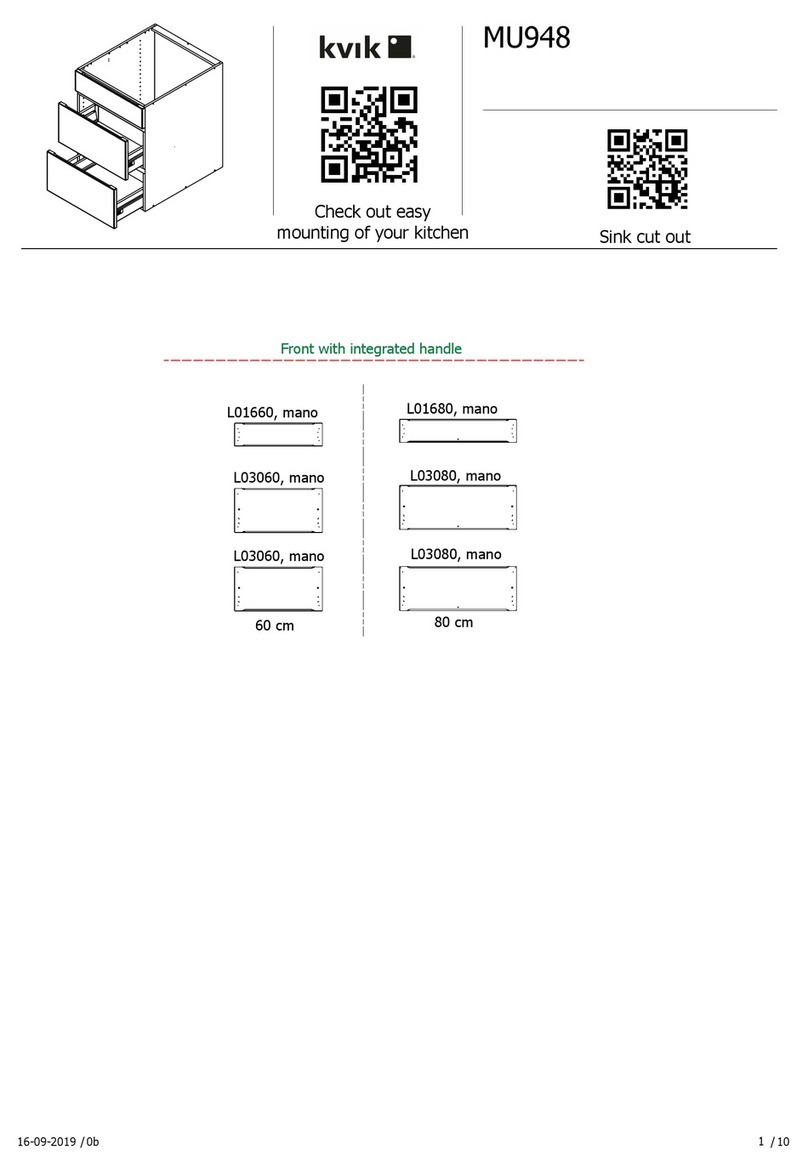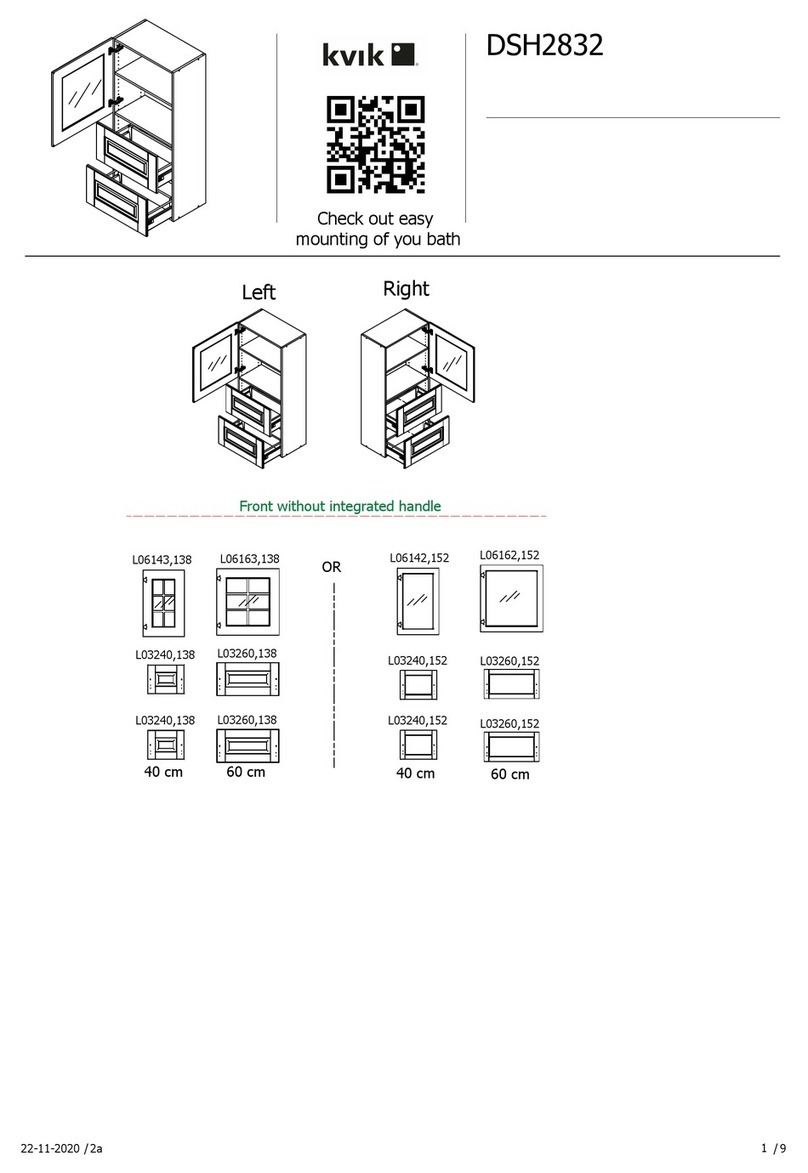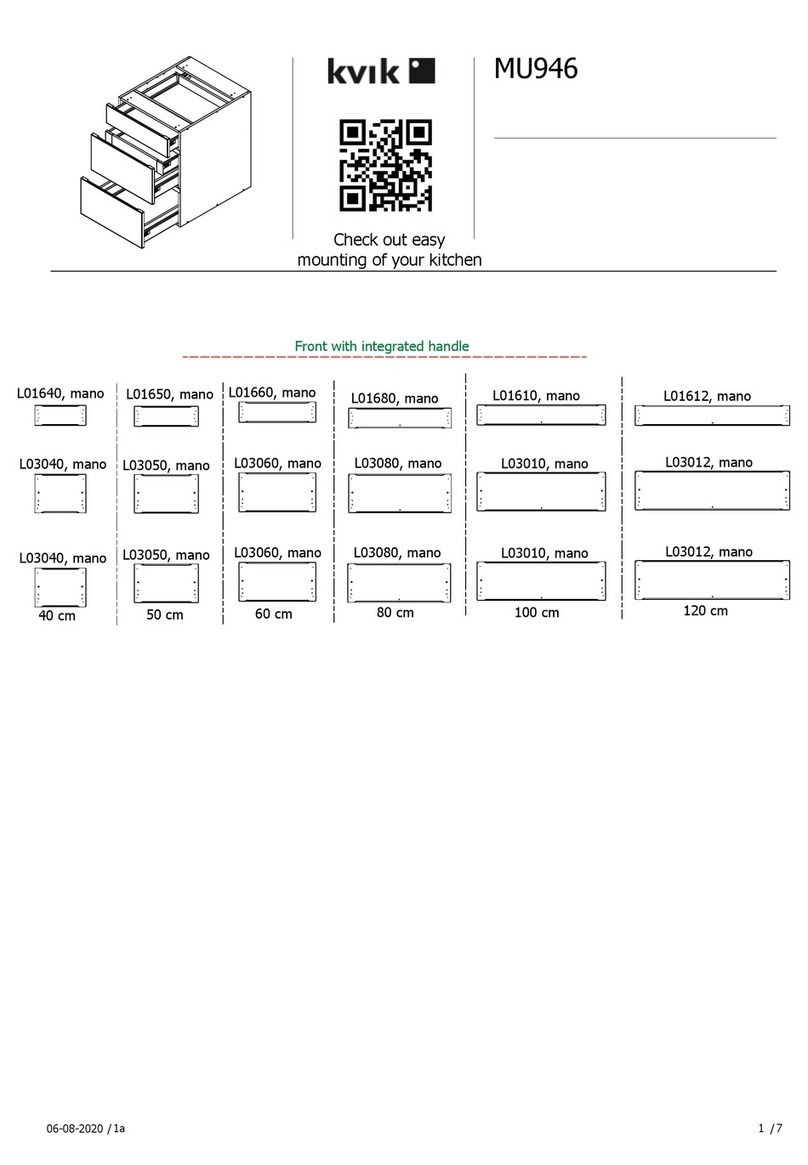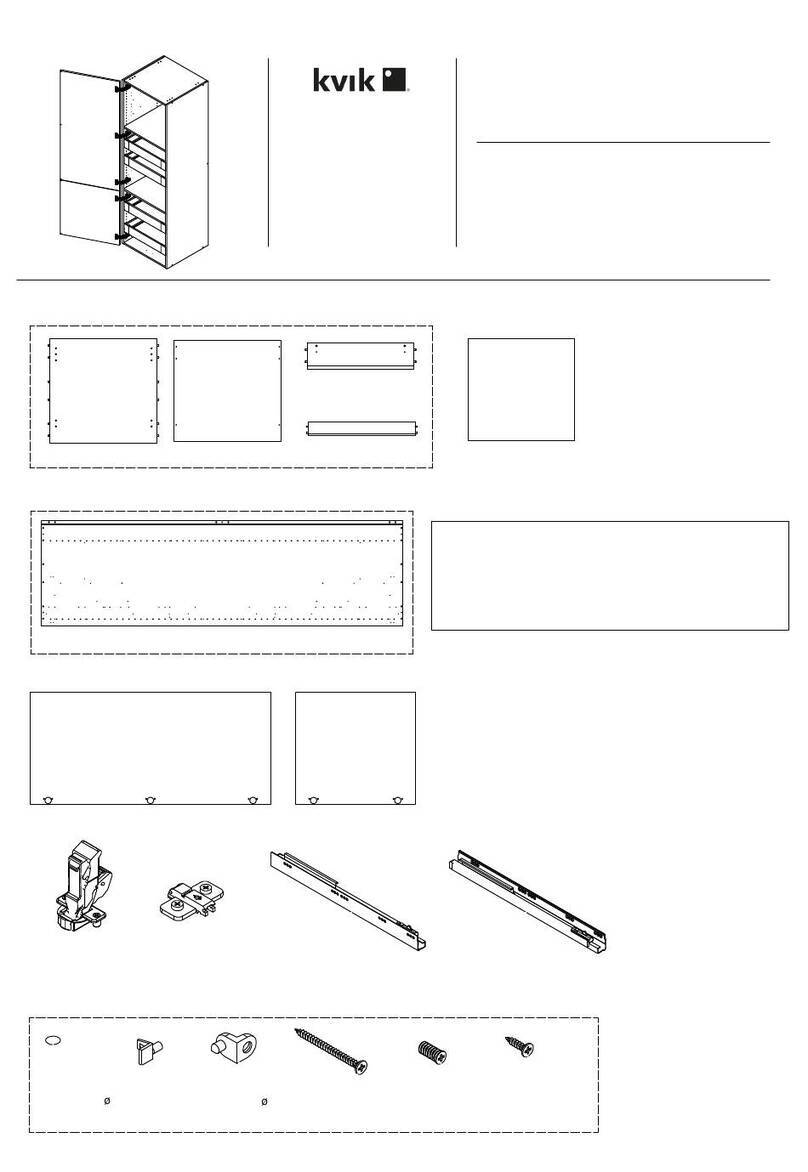
•Configure one machine as primary DHCP and Auth DNS server, and the second machine as a secondary
Auth DNS server. Then configure a zone distribution and DNS access controls on the first machine and
optionally access controls on the second machine.
•Configure one machine as DHCP and Auth DNS main servers and the second machine as DHCP and
Auth DNS backup servers. Perform minimal configuration on the backup machine (changing the password,
enabling DHCP and Auth DNS, and selecting partner backup roles). On the main machine, build the
configuration, creating server pairs and scheduling synchronization tasks with the backup machine.
•Configure one machine as a DHCP server and the second machine as a Auth DNS primary then configure
either machine with DNS Update and push the configuration to the other machine.
•Configure one machine with both DHCP server and Auth DNS server and the second machine as a
Caching DNS server with the Auth DNS server as the Forwarder.
Three-Machine Mixed Configuration
A mixed configuration on three machines offers a few additional alternatives:
•Configure one machine as a DHCP server, the second machine as an Auth DNS primary, and the third
machine as an Auth DNS secondary. Optionally revisit the machines to make the DHCP main the Auth
DNS backup, and make the Auth DNS main the DHCP backup.
•Configure one machine as DHCP failover and Auth DNS High-Availability (HA) main servers, the
second machine as DHCP failover and Auth DNS HA backup servers, and the third machine as a Auth
DNS secondary server.
•Configure one machine as a DHCP server, the second machine as the Auth DNS server and the third
machine as a Caching DNS, with the Auth DNS as the Forwarder.
•Configure one machine as a DHCP primary server and Auth DNS primary, the second machine as a
DHCP secondary and Auth DNS secondary server and the third machine as a Caching DNS, with the
primary Auth DNS of the first machine as the Forwarder.
Four-Machine Mixed Configuration
A mixed configuration on four machines could include:
•DHCP and Auth DNS main and backup pairs, with the first machine as a DHCP main, the second
machine as a DHCP backup, the third machine as an Auth DNS main configured with DNS Update, and
the fourth machine as an Auth DNS backup.
•An add-on to the three-machine scenario, with the first machine as a DHCP main, the second machine
as an Auth DNS main, the third machine as DHCP and Auth DNS backups, and the fourth machine as
an Auth DNS secondary.
•Configure the first machine as DHCP main, second machine as DHCP backup, third machine as Auth
DNS, and Caching in fourth, with Auth DNS as Forwarder.
DHCP-Only Scenarios
A DHCP-only configuration could be on a single machine or two machines.
Cisco Prime Network Registrar 9.1 Installation Guide
4
Configuration Options
Three-Machine Mixed Configuration







